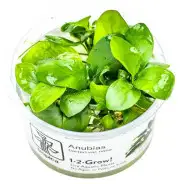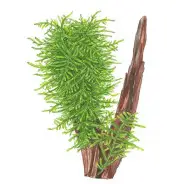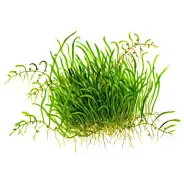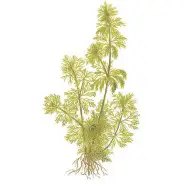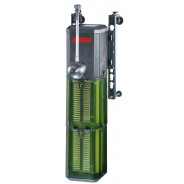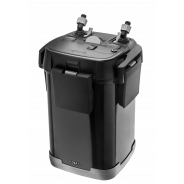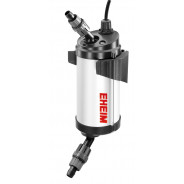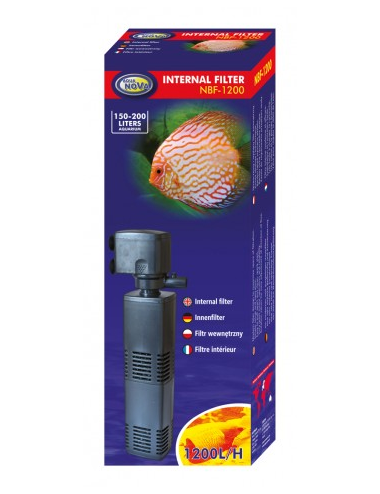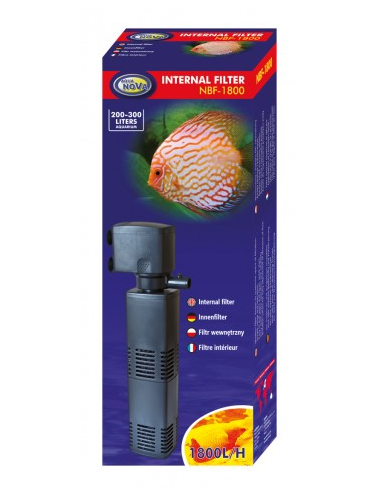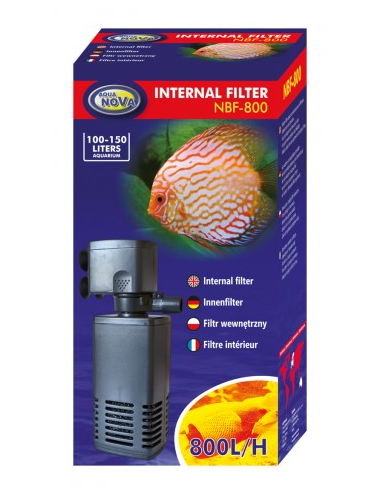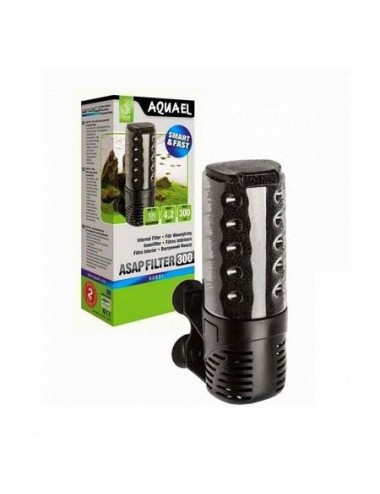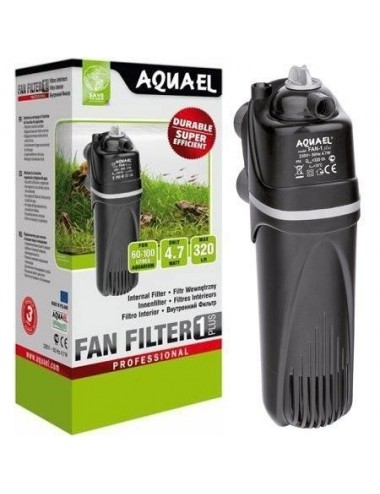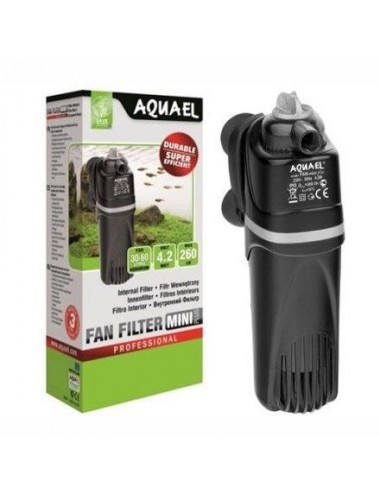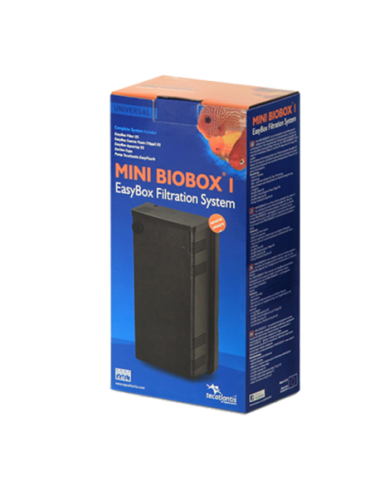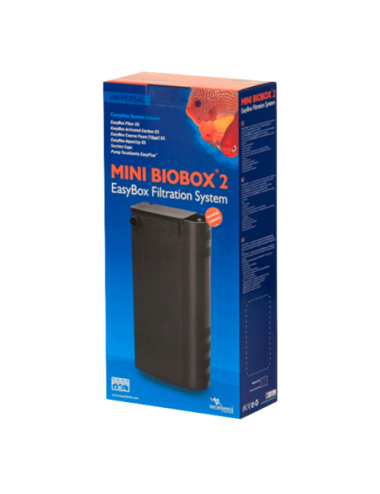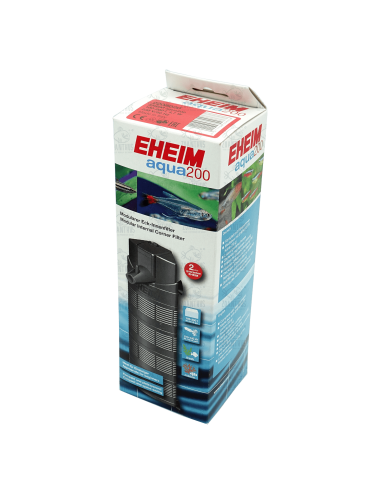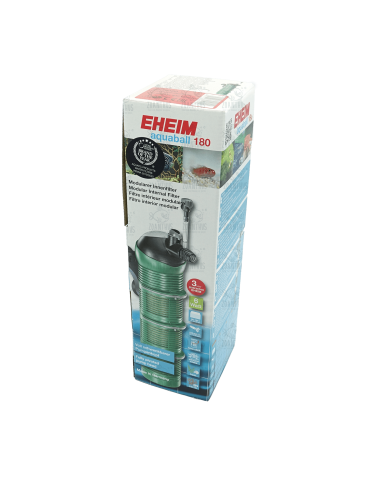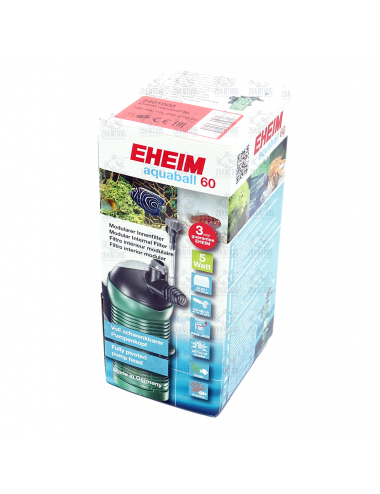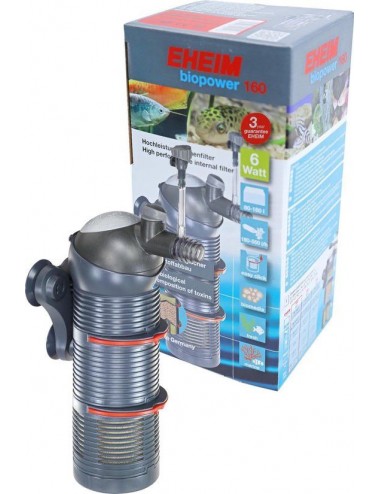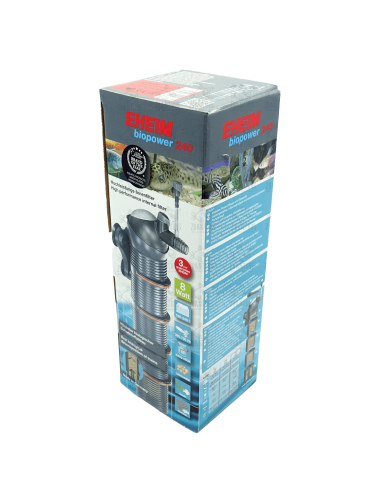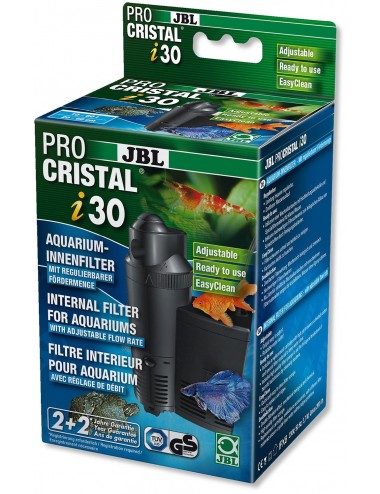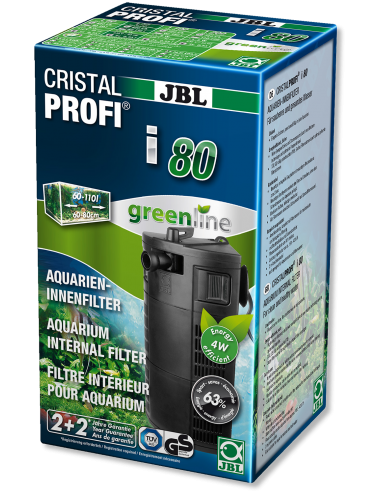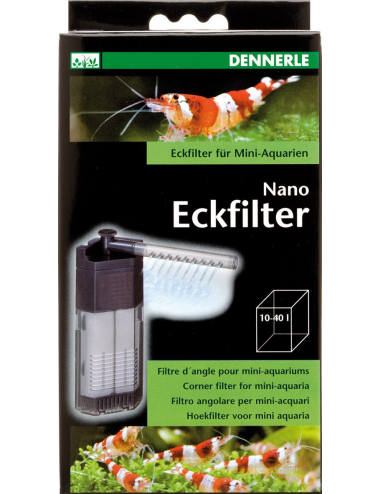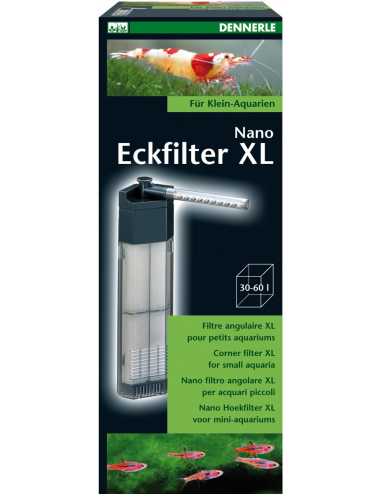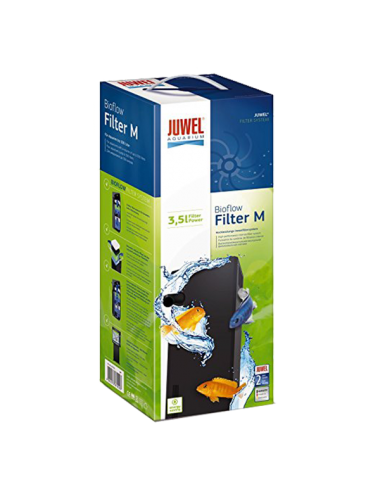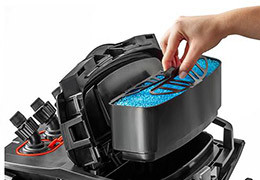- 2 in stock
Filtered for freshwater aquarium
- 4 in stock
- 2 in stock
- 2 in stock
- 1 in stock
- 1 in stock
- 1 in stock
- -15%
- -15%
- 2 in stock
- 1 in stock
- -11%
- -11%
- 2 in stock
- 2 in stock
- 1 in stock
- 5 in stock
- 3 in stock
- 1 in stock
- 2 in stock
- in replenishment
- 1 in stock
- -12%
- -12%
- 2 in stock
- in replenishment
- in replenishment
- in replenishment
- in replenishment
- in replenishment
- in replenishment
- -€4.00
- -€4.00
- 2 in stock
- 1 in stock
- -€5.00
- -€5.00
- 2 in stock
- -€3.00
- -€3.00
- 2 in stock
- -€8.00
- -€8.00
- 1 in stock
- -€6.00
- -€6.00
- 2 in stock
- 1 in stock
- -€7.00
- -€7.00
- 1 in stock
- -€6.00
- -€6.00
- 1 in stock
- -€7.00
- -€7.00
- 1 in stock
- -€2.00
- -€2.00
- 2 in stock
- -€3.00
- -€3.00
- 2 in stock
- -€3.00
- -€3.00
- 2 in stock
- -€2.00
- -€2.00
- 2 in stock
- -€4.00
- -€4.00
- 3 in stock
- 1 in stock
- 1 in stock
- 1 in stock
- 1 in stock
- 1 in stock
- 2 in stock
- 2 in stock
- 2 in stock
- 2 in stock
- 2 in stock
- 1 in stock
- 1 in stock
- 2 in stock
- 2 in stock
- 1 in stock
- 2 in stock
- in replenishment
- On sale!
- in replenishment
- On sale!
- in replenishment
- 1 in stock
Why is a good filter essential for your freshwater aquarium?
Behind a clear window lies a whole breathing ecosystem : nosy fish, plants, nitrifying bacteria... and waste galore! A quality filter fulfills three key missions:
- Mechanical filtration : foams and wadding capture particles, food scraps and dead leaves before they cloud the water.
- Biological filtration : porous media provide a haven for bacteria that convert toxic ammonia and nitrites into tolerable nitrates.
- Chemical filtration : specific resins or activated carbon bind heavy metals, tannins and drug residues to keep the water odorless and crystal clear.
Without this triple barrier, the chemical balance becomes unbalanced; algae, disease, and odors set in. A properly sized filter provides peace of mind and the pleasure of a well-lit tank every day.
What are the different types of freshwater aquarium filters?
Internal filter: Compact and easy to install for small aquariums
Tucked into a corner, the internal filter installs in two minutes and disappears behind the plants. Ideal for nano-sized tanks up to 80 L, it combines a pump, foam, and biological chamber into a single unit. Pros: quiet, affordable, and quick maintenance. Cons: limited capacity and visual clutter in designer tanks.
External filter: Powerful and efficient for large tanks
Housed beneath the aquarium, an external filter offers an XXL volume of filter media and powerful flow rates to adapt to large water volumes. Perfect from 100 L or for a densely planted tank. It saves space in the decor, customizes the baskets (peat, zeolite, etc.), and maintenance is done in peace and quiet in the cabinet.
Waterfall filter: Easy to maintain, ideal for open aquariums
Hung like a backpack, the system overflows water in thin layers, oxygenating the surface and providing direct access to the cartridges. Cascade filters are ideal for tanks from 20 to 60 L: no hose, quick cleaning and a gentle, relaxing lapping sound.
UV Filter: Eliminates algae and pathogenic bacteria for crystal clear water
The UV sterilizer, often attached to an external circuit, exposes the water to ultraviolet radiation that destroys floating algae spores, parasites, and germs. It's a weapon of choice after medical treatment or in an indoor garden.
Aquarium Filter: How to Choose the Most Suitable One?
To get it right, three quick questions:
- Tank volume : the minimum flow rate should be 3 × the volume per hour (e.g. 60 L → 180 L/h), 5 × if you are keeping hyperactive goldfish.
- Population : A pair of bettas fouls less than a school of cichlids; adjust capacity and biological media accordingly.
- Design and accessibility : Closed cabinet? Opt for an external one. Nano on a desk? Stay internal or Cascade for silence.
Also keep an eye on the available filtration media : the more modular the basket, the more you can fine-tune the water quality according to your needs (peat for acidity, anti-phosphate resin after an algae bloom, etc.).
How to maintain and optimize the filtration of your aquarium?
- Light rinse every 2 weeks : squeeze the foam into the water siphoned from the tank to avoid killing the good bacteria.
- Progressive replacement : Change 30% of the mechanical media at a time, never all the media at once.
- Flow monitoring : If the flow decreases, a deep filter cleaning is required; check the turbine and pipes.
- Occasional addition of resins : a sachet of zeolite after start-up or a little anti-nitrite resin when the population grows boosts stability.
- Chemical Schedule : Replace the carbon media every 4 weeks to keep it active – no need to let it become saturated.
Regular maintenance maintains flow, extends pump life, and keeps your residents in top shape.
Questions / Réponses
Water filtration in an aquarium is essential, without a filter the water would have to be changed every day. You must choose the filter according to the volume of the water, the number of fish, and its characteristics. Used to retain suspended solids in water and also to degrade and transform certain organic and chemical compounds.
To properly filter your water, you can use an internal or external filter and must be adapted to the volume of your aquarium and its population. The presence of filter masses ( carbon , ceramic noodles , cotton wool, etc. ) inside will ensure biological filtration, by batteries, and mechanical filtration of the aquarium water.
The filter can be positioned horizontally or vertically, in a corner of the aquarium and completely immersed in the water to create a current and oxygenate the water.
We recommend cleaning the foam at least once a month to avoid filter malfunction.
The foam is replaced when it is no longer functional after multiple cleanings. If you notice that despite cleaning the foam, the water is not being cleaned well, then you will need to replace the foam.
On the technical side, your filter should make a little vibrating noise and you should see the water stirring. If it works, you will notice it by the cleanliness of the water, if your filter is working well, but your water is not clean, it is the foam. Remember to clean and/or change them before throwing away your filter.
The best filter should be the one that suits the size of the aquarium and your population. You have the choice between an internal filter for small and medium sized aquariums, external filters for larger volumes, waterfall for the aesthetic side.
It is generally recommended that the filter flow rate be 2 to 3 times the aquarium volume per hour. Therefore, in a 100 liter aquarium, a filter with a flow rate of 300 L/H is recommended.
In an internal filter it is simply placed in the center of the foam, in a decanter filter or an external filter it will be placed at the very top. Remember to clean the carbon before inserting it into the filter.
